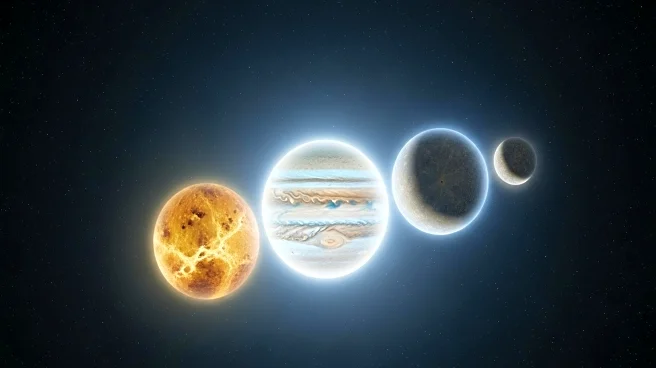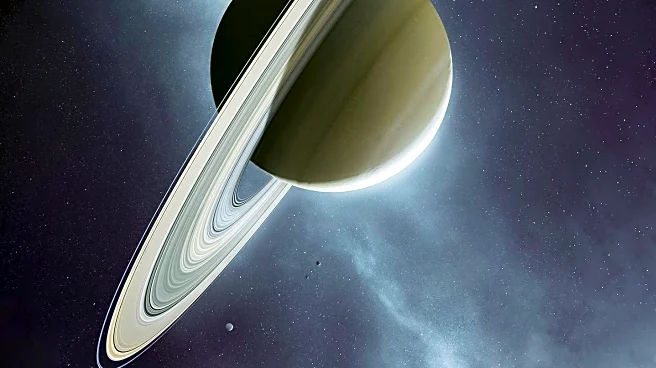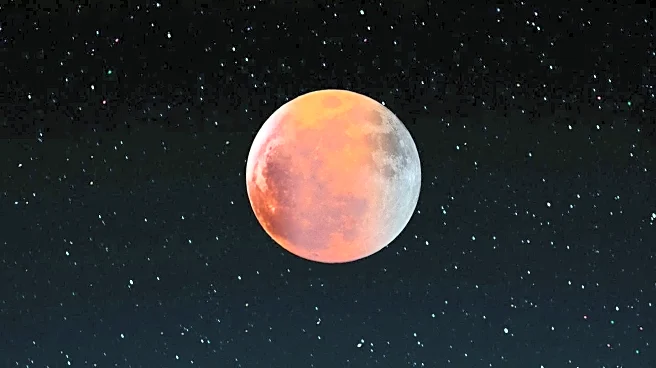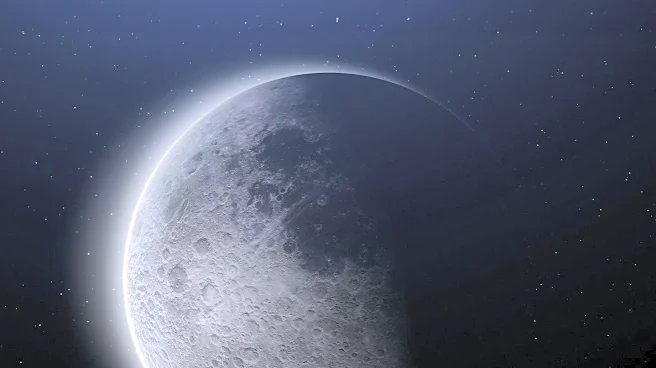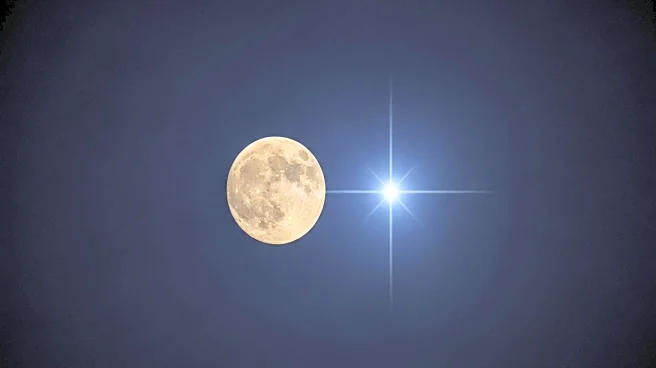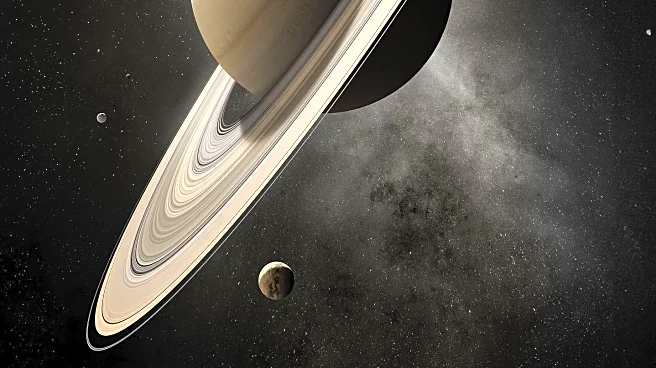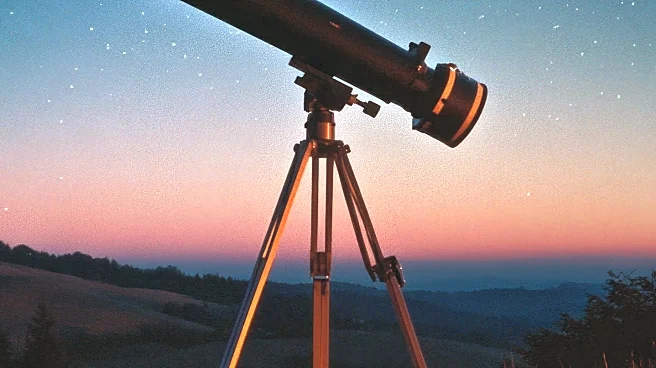What's Happening?
On September 1, early risers will have the opportunity to witness a rare celestial event as Venus, Jupiter, and Mercury align in the predawn sky. Venus will be visible among the stars of the constellation Cancer, with Jupiter appearing as a bright point of light approximately 20 degrees to Venus's upper right. Mercury will rise about an hour before the sun, forming a diagonal line with Venus and Jupiter along the ecliptic. This alignment offers a unique chance for stargazers to observe the planets with the naked eye, although a telescope can enhance the view by revealing Jupiter's Galilean moons and the phases of Venus and Mercury. Observers are advised to avoid pointing telescopes or binoculars towards the rising sun to prevent eye damage.
Why It's Important?
This planetary alignment provides a rare opportunity for both amateur and professional astronomers to observe and study the planets in a unique configuration. Such events can spark interest in astronomy and science, encouraging educational activities and public engagement with celestial phenomena. The alignment also highlights the predictable nature of planetary movements, offering insights into the mechanics of our solar system. For photographers and stargazers, this event presents a chance to capture stunning images of the planets, potentially contributing to scientific documentation and public appreciation of space exploration.
What's Next?
Following this alignment, stargazers can look forward to other celestial events, such as meteor showers and lunar eclipses, which continue to offer opportunities for observation and study. Astronomy enthusiasts may plan future viewing sessions and invest in equipment to enhance their stargazing experiences. Educational institutions and science centers might organize events to engage the public and promote interest in astronomy. As technology advances, new tools and methods for observing and documenting celestial events will likely emerge, further enriching the field of astronomy.
Beyond the Headlines
The alignment of Venus, Jupiter, and Mercury serves as a reminder of the interconnectedness of celestial bodies and the intricate dance of planets within our solar system. It underscores the importance of preserving dark skies for astronomical observation, highlighting issues related to light pollution and environmental conservation. This event may inspire discussions on the cultural and historical significance of planetary alignments, which have been observed and interpreted by various civilizations throughout history.
